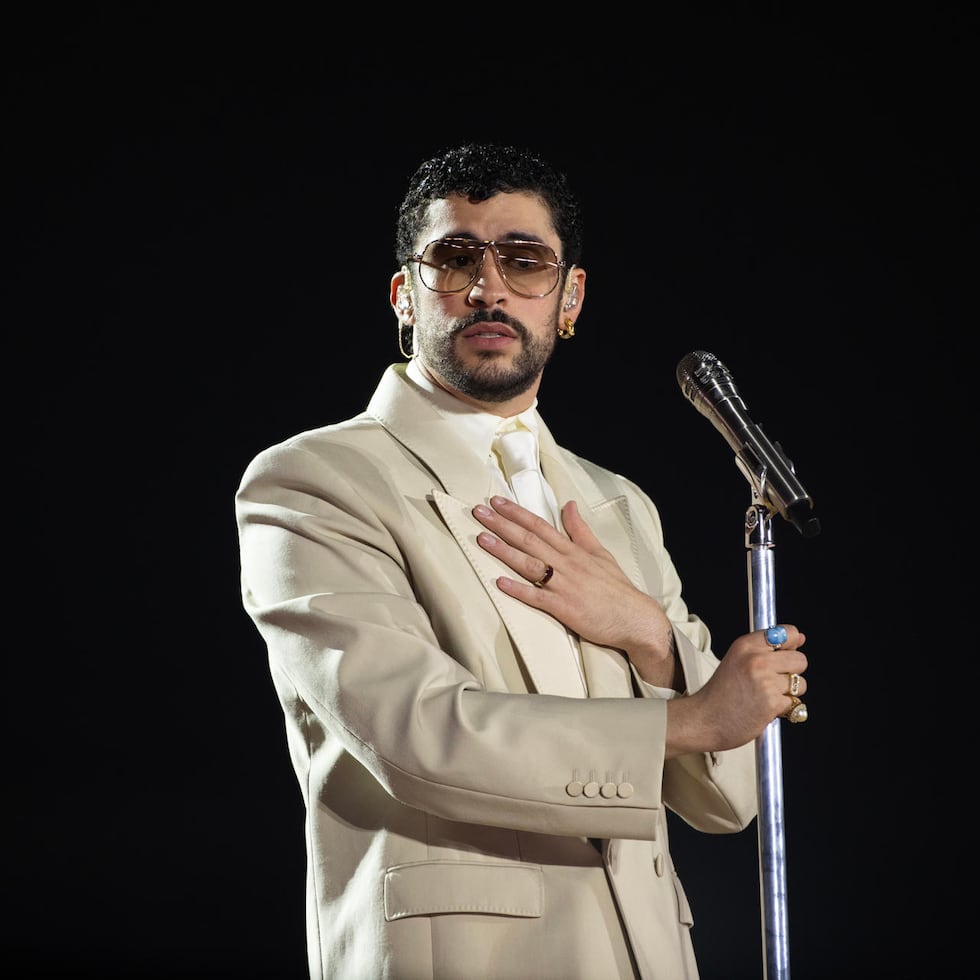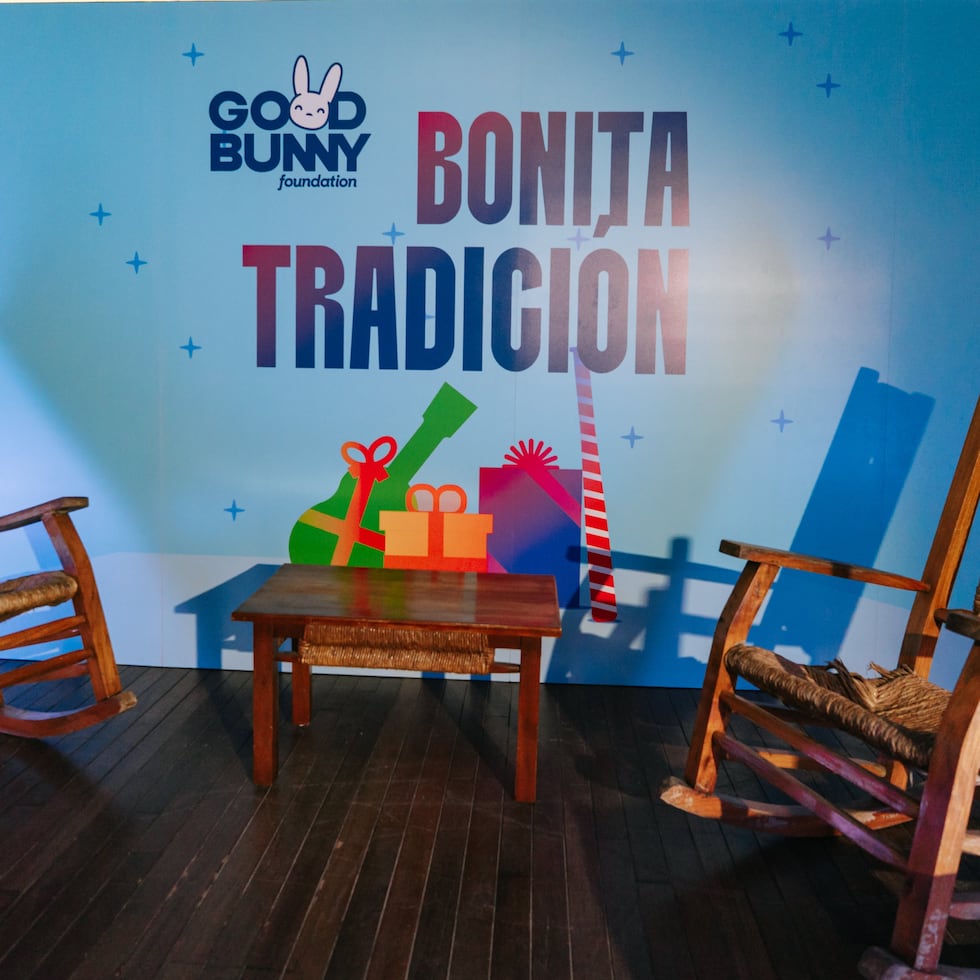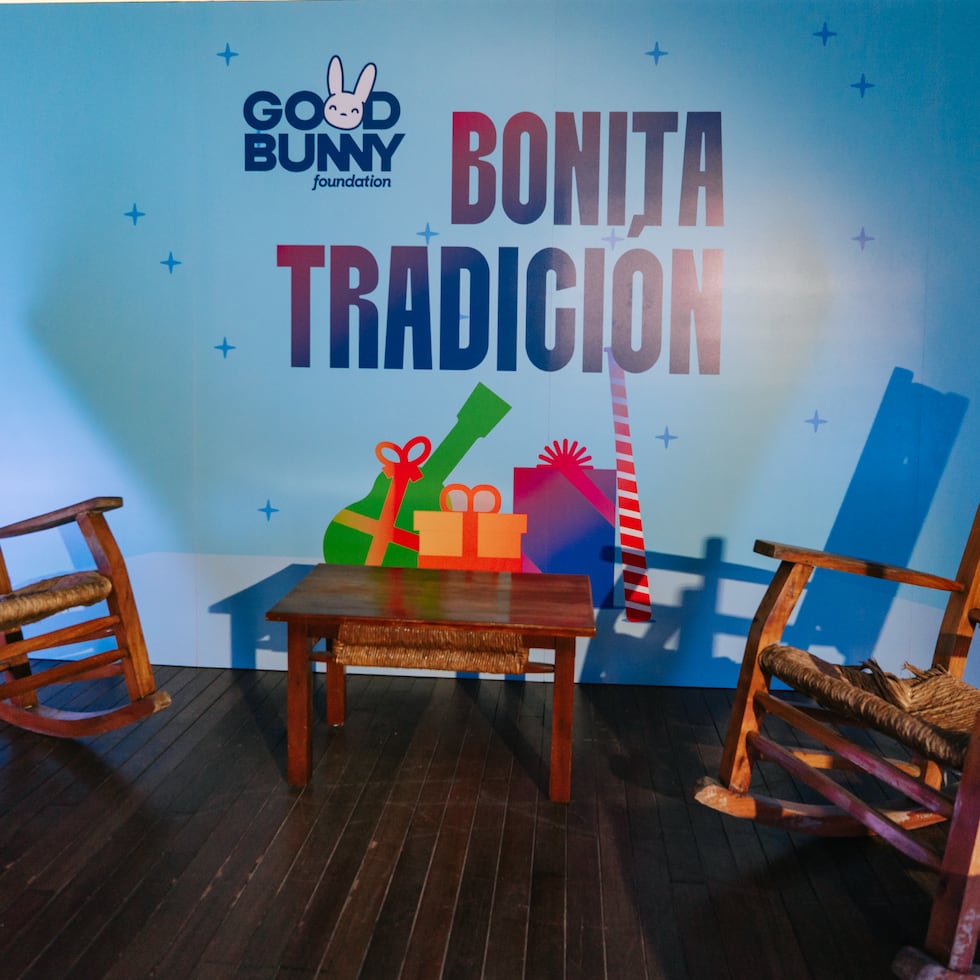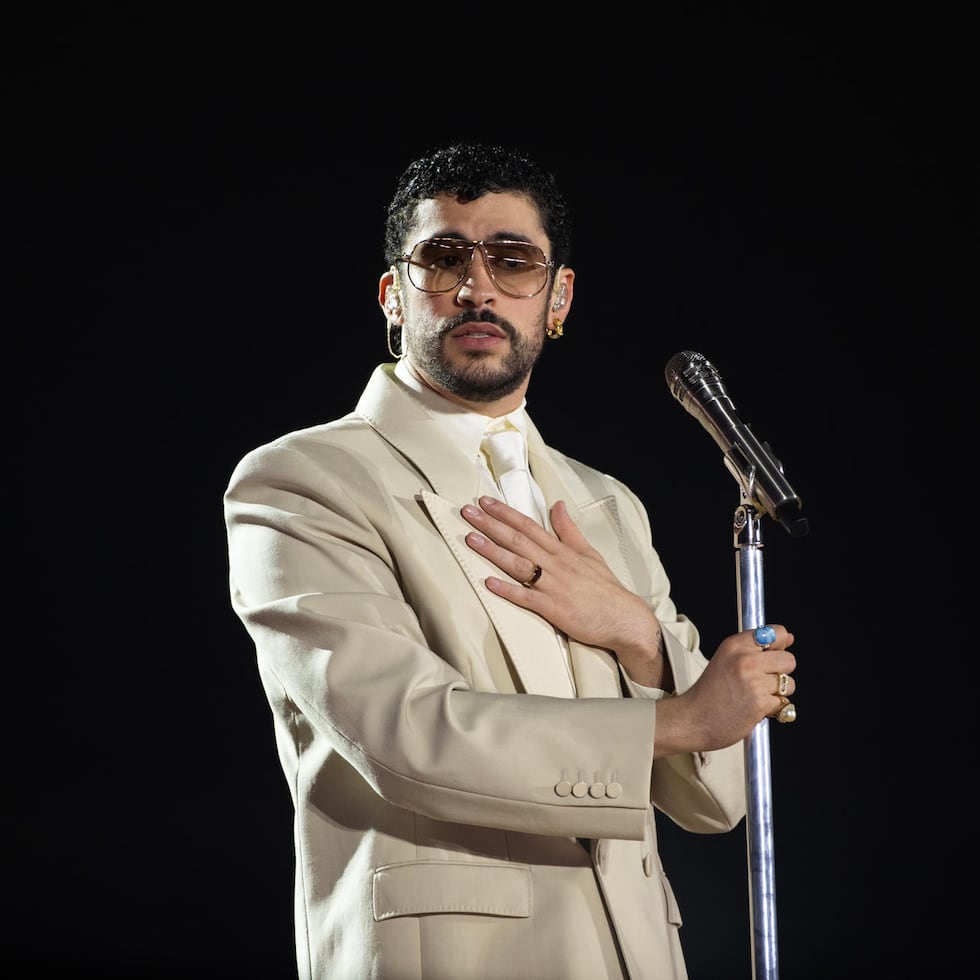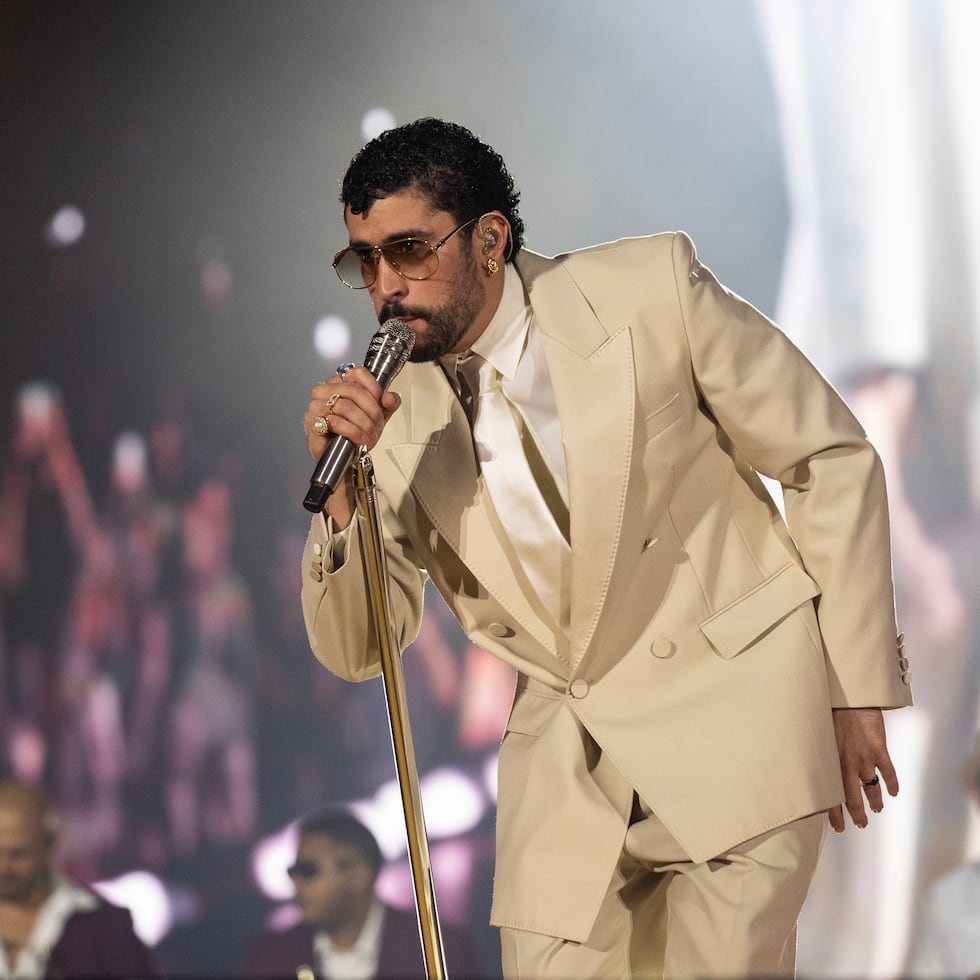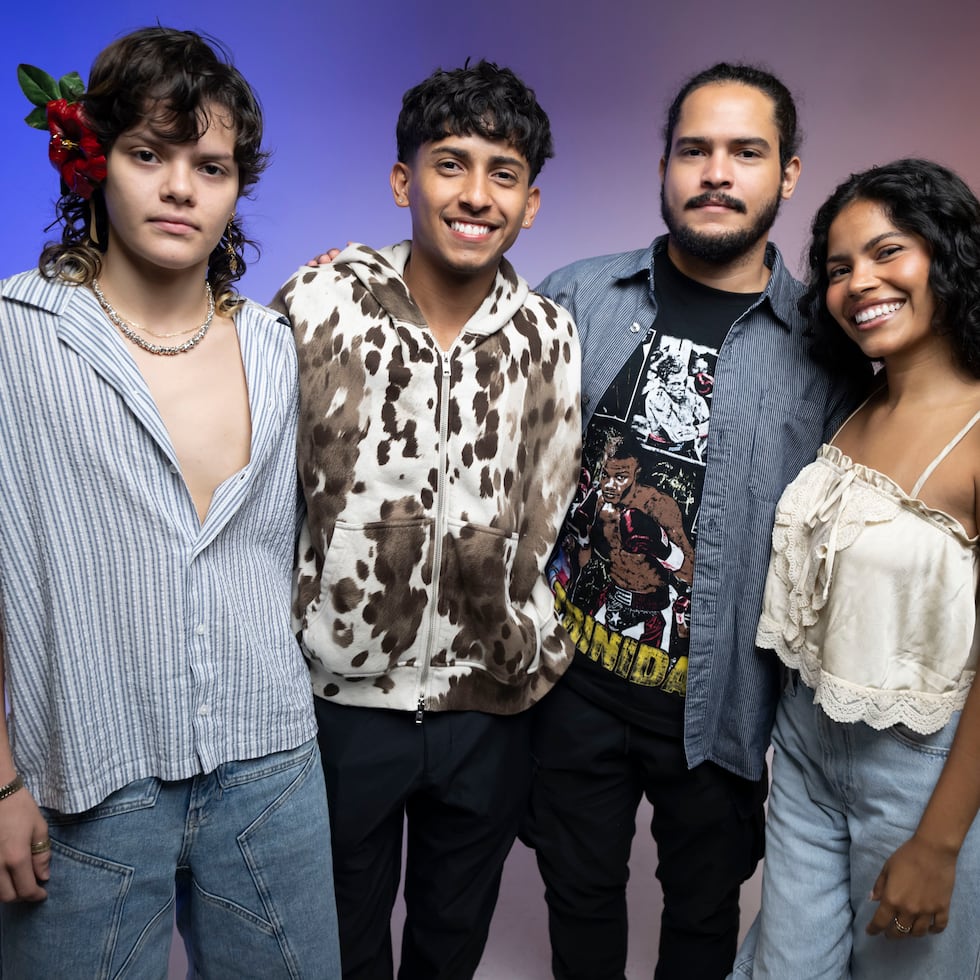Puerto Rican Plena: A living heritage of the drum and the streets

Plena is the Puerto Rican music genre that has received the most international exposure thanks to local pop artists like Ricky Martin and Yolandita Monge, or urban artists like Bad Bunny. One reason may be that its rhythm radiates energy associated with joy, celebration, and festivity. There’s no better way to close a concert at the Coliseo de Puerto Rico or the Centro de Bellas Artes than to the beat of plena.
Plena is, at its core, a young rhythm. Its origins trace back to the late 19th century in the southern town of Ponce, though it rose to popularity in the 20th century. Beyond its birthplace, plena has strong roots in the largest city on the island’s west coast, Mayagüez. Plena songs typically explore themes of love, patriotism, life advice, and warnings. Historically, it served to narrate significant events in daily life—ranging from crimes to hurricanes or the arrival of notable figures—earning it the nickname “the people’s sung newspaper.” Among the earliest plena performers to gain fame were Mon Rivera and Ismael “Maelo” Rivera.
The genre’s African origins are clear, but plena differs significantly from bomba, both in rhythm, instrumentation, dance style, and even associated clothing. One factor that may have contributed to its widespread appeal is the portability and simplicity of its main instruments: the panderos (hand drums). The larger drum, called the “segundo”or “seguidor”, establishes the base rhythm, while the smaller requinto plays counter-rhythms and embellishments known as “golpes” or “piquetes.” Their lightweight, portable nature has helped make plena the signature sound of Puerto Rico’s internationally renowned Fiestas de la Calle San Sebastián.
Plena ensembles often include a brass instrument—most commonly a trombone. When performed by a folkloric group with dancers, women typically wear off-the-shoulder ruffled blouses and flared skirts. The genre’s continued popularity today is thanks in large part to the work of groups like Los Pleneros del Quinto Olivo in the 1970s and ’80s, and later, the late bassist, arranger, and composer Gary Núñez, who, as founder of Plena Libre, brought the genre to stages around the world beginning in the early 1990s. After Núñez’s passing, the group remains active.
Other key contributors include the group Plenéalo, and the legacy of Tito Matos—musician, community leader, and cultural advocate—through his work at Taller Comunidad La Goyco on Calle Loíza in Santurce, ensuring plena’s vitality and relevance. Among the new generation are Los Pleneros de la Cresta, who rose to fame with their hit “Café con Ron” featuring Bad Bunny.





